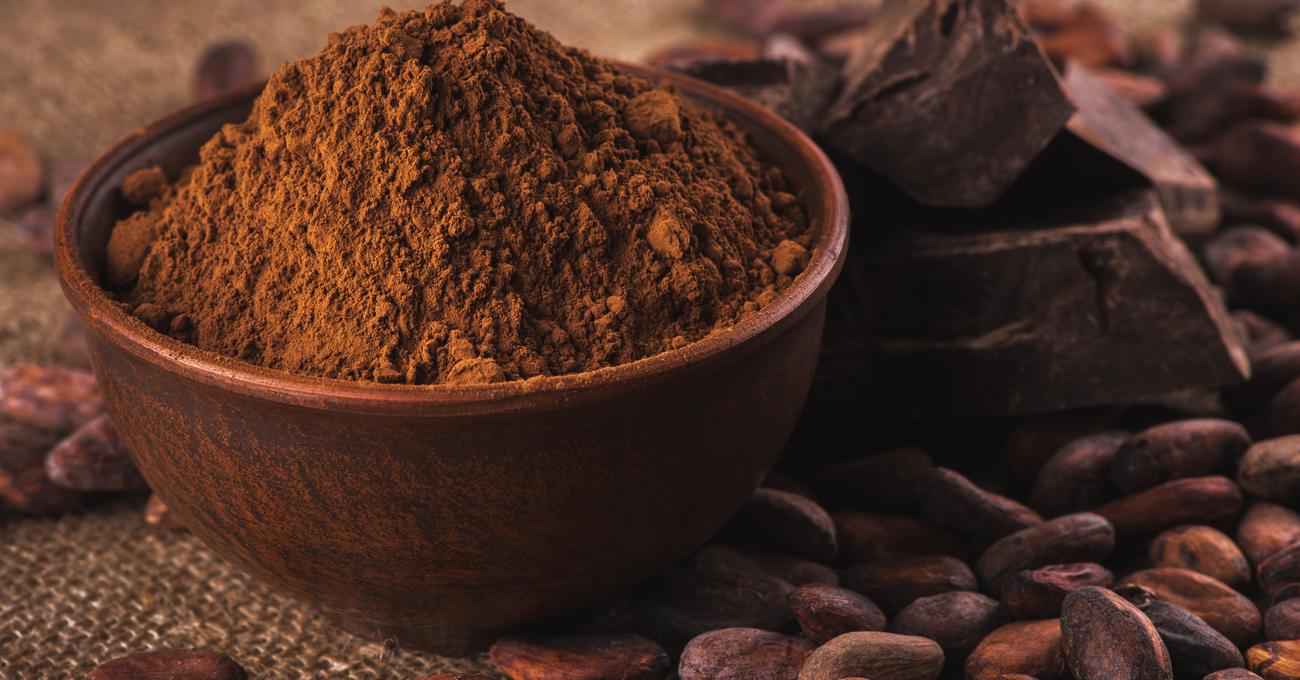

Articles
How To Store Cocoa Powder Long Term
Modified: May 6, 2024
Learn the best methods for storing cocoa powder long term. Read our helpful articles and ensure your cocoa powder stays fresh and flavorful for extended periods.
(Many of the links in this article redirect to a specific reviewed product. Your purchase of these products through affiliate links helps to generate commission for Storables.com, at no extra cost. Learn more)
Introduction
Welcome to the world of cocoa powder, a versatile and delicious ingredient that is loved by many. Whether you use it to make decadent desserts, mouthwatering hot chocolate, or flavor-packed smoothies, cocoa powder adds a deep and rich flavor to your favorite recipes.
But what happens when you have a surplus of cocoa powder? How can you ensure its freshness and maintain its quality for a longer period of time? That’s where the concept of storing cocoa powder long term comes into play.
In this article, we will explore the importance of storing cocoa powder properly and the factors you need to consider before doing so. We will also discuss the recommended storage containers, steps to store cocoa powder effectively, additional tips for long-term storage, common mistakes to avoid, and how to identify if your cocoa powder has gone bad.
So, if you’re curious about how to store cocoa powder for an extended period without compromising its taste and quality, let’s dive deeper into the world of cocoa powder storage.
Key Takeaways:
- Properly storing cocoa powder long term is crucial to maintain its rich flavor and quality, ensuring cost efficiency, availability, and emergency preparedness for indulging in chocolate treats anytime.
- Choosing the right storage containers, avoiding common mistakes, and identifying signs of spoilage are essential for maximizing the shelf life and enjoying the delightful flavor of cocoa powder in various recipes.
Read more: How To Store Powdered Eggs Long Term
Importance of Storing Cocoa Powder Long Term
Properly storing cocoa powder long term is essential to preserve its freshness, flavor, and quality. Cocoa powder is made from roasted cocoa beans that have been ground into a fine powder, and like any food product, it is prone to degradation over time.
Here are a few reasons why storing cocoa powder long term is important:
- Freshness: Cocoa powder has a limited shelf life, and its flavor and aroma degrade over time. By storing it properly, you can extend its freshness and ensure that it retains its rich chocolatey taste.
- Cost Efficiency: Buying cocoa powder in bulk quantities is often more cost-effective than purchasing small amounts frequently. Storing it long term allows you to take advantage of bulk buying options and save money in the long run.
- Availability: Having a stock of cocoa powder on hand means you can indulge in your favorite chocolate treats whenever you desire, without the need to rush to the store.
- Emergency Preparedness: In times of emergencies or unexpected situations, having long-term food storage, including cocoa powder, can provide comfort and a sense of normalcy.
- Consistency: If you have a favorite brand or type of cocoa powder that you prefer, storing it long term ensures that you always have access to the same quality and taste.
By understanding the importance of proper cocoa powder storage, you can savor its flavor and enjoy its many culinary uses for an extended period. Now, let’s delve into the factors you should consider before storing cocoa powder to maintain its freshness and quality.
Factors to Consider Before Storing Cocoa Powder
Before you begin storing cocoa powder long term, there are a few important factors to consider. These factors can greatly impact the shelf life and quality of your cocoa powder. Here’s what you need to keep in mind:
- Environment: Cocoa powder is sensitive to heat, light, and moisture. Therefore, it is crucial to store it in a cool, dark, and dry environment. Avoid exposing it to direct sunlight, high temperatures, and humidity, as these conditions can lead to flavor and quality deterioration.
- Container: The right container plays a significant role in preserving the freshness of cocoa powder. It should provide an airtight seal to prevent air and moisture from entering. Opt for containers made of food-grade materials such as glass or metal, as they are less likely to absorb odors or affect the taste of the cocoa powder.
- Temperature: Cocoa powder should be stored at a consistent temperature, preferably between 15°C to 20°C (59°F to 68°F). Avoid extreme temperature fluctuations, as they can cause condensation inside the container, leading to clumping and moisture-related issues.
- Avoid Contamination: To maintain the quality of your cocoa powder, avoid introducing any contaminants into the container. Always use clean and dry measuring spoons or utensils when scooping out the powder, and make sure to seal the container tightly after each use.
- Hygiene: Good hygiene practices are essential when handling cocoa powder. Make sure your hands are clean and dry before touching the powder, as any moisture or contaminants can affect its quality.
- Labeling: For easy identification and organization, label your cocoa powder containers with the date of purchase or expiration. This will help you keep track of the freshness and usage of each batch.
By considering these factors, you can ensure that your cocoa powder remains fresh and maintains its quality throughout its storage duration. Now that you know what to consider, let’s explore the recommended storage containers for cocoa powder.
Recommended Storage Containers for Cocoa Powder
Choosing the right storage container for your cocoa powder is crucial in maintaining its freshness and quality. Here are some recommended containers that are ideal for long-term storage:
- Glass Jars: Glass jars with airtight lids are a popular choice for storing cocoa powder. They are non-reactive and do not absorb odors, ensuring the purity of your cocoa powder. Use dark-colored glass jars to protect it from light exposure.
- Metal Tins: Metal tins or cans are another suitable option for storing cocoa powder. Look for ones with a tight-fitting lid to prevent air and moisture from entering. Ensure that the tin is made from food-grade metal to avoid any potential reactions.
- Vacuum Sealed Bags: Vacuum-sealed bags provide excellent protection against air and moisture. They can be especially useful if you have a large quantity of cocoa powder to store. Remove as much air as possible from the bag before sealing it tightly.
- Plastic Containers: While plastic containers are widely available and lightweight, they are not the best choice for long-term storage due to their potential to absorb odors and interact with the cocoa powder. If using plastic, opt for food-grade, BPA-free containers that have a tight-sealing lid.
- Ceramic Containers: Ceramic containers with proper sealing lids can be used for cocoa powder storage, especially if they have a glazed interior. However, ensure that the glaze is free from lead or any harmful chemicals that could leach into the cocoa powder.
Regardless of the container you choose, make sure it is clean, dry, and airtight to prevent moisture, air, and other contaminants from affecting the quality of your cocoa powder. Now that you have your storage container ready, let’s move on to the steps to store cocoa powder properly.
Steps to Store Cocoa Powder Properly
To ensure that your cocoa powder stays fresh and maintains its quality for an extended period, follow these steps for proper storage:
- Select the Right Container: Choose a suitable storage container, such as a glass jar or metal tin, that provides an airtight seal and protects the cocoa powder from light exposure.
- Ensure Cleanliness: Make sure the storage container is clean and completely dry before transferring the cocoa powder into it. Any moisture or contaminants can lead to clumping or spoilage.
- Transfer the Cocoa Powder: Transfer the cocoa powder from its original packaging to the storage container. Use a clean, dry spoon or a funnel to minimize mess and prevent the introduction of moisture.
- Seal the Container: Ensure that the lid or closure of the container is tightly sealed to create an airtight environment. This will help prevent air, moisture, and odors from entering.
- Store in a Suitable Environment: Find a cool, dark, and dry place to store the cocoa powder. Avoid areas that are exposed to direct sunlight, heat, or humidity, as these can compromise the flavor and quality of the powder.
- Monitor the Storage Conditions: Regularly check the storage location for any changes in temperature or humidity. Adjust the storage location, if necessary, to maintain optimal conditions.
- Keep Inventory: Keep track of the quantity and expiration dates of your stored cocoa powder. This will help you utilize them before they expire and ensure that you rotate your stock effectively.
By following these steps, you can maximize the shelf life of your cocoa powder and enjoy its rich flavor and quality in your favorite recipes for a longer period. However, it’s important to keep in mind some additional tips for long-term storage, which we will discuss next.
Store cocoa powder long term in an airtight container in a cool, dark place, away from heat and moisture. This will help preserve its flavor and quality for an extended period.
Read more: How To Store Baking Powder Long Term
Additional Tips for Long-Term Storage
When it comes to storing cocoa powder for an extended period, there are a few additional tips that can help maintain its freshness and quality. Consider implementing these tips for optimal long-term storage:
- Use Desiccant Packs: Desiccant packs or silica gel packets can help absorb any residual moisture inside the storage container. Place a desiccant pack inside the container to prevent clumping and moisture-related issues.
- Avoid Strong Odors: Cocoa powder can easily absorb strong odors from its surroundings. Keep it away from spices, strong-smelling foods, or cleaning products to preserve its original flavor.
- Don’t Freeze Cocoa Powder: While freezing is a common method for long-term food storage, it is not recommended for cocoa powder. Freezing can cause moisture condensation when thawing, leading to clumping and degradation of quality.
- Don’t Overfill Containers: Avoid overfilling your storage containers with cocoa powder, as it needs some room for air circulation. Leave a small space at the top to minimize the risk of moisture buildup.
- Avoid Exposure to Air: Whenever you open the container to access the cocoa powder, do it quickly and reseal it tightly to minimize air exposure. Oxygen can cause the cocoa powder to become stale.
- Consider Portioning: If you often use small amounts of cocoa powder, it may be helpful to portion it into smaller containers. This allows you to open and use one container at a time, reducing the frequency of air exposure to the entire supply.
- Rotate your Stock: When storing multiple containers of cocoa powder, use the “first in, first out” principle. Consume the older batches first to ensure that you always use the freshest cocoa powder.
By following these additional tips, you can maintain the quality of your cocoa powder throughout its long-term storage. However, there are some common mistakes to avoid, which we will explore next.
Common Mistakes to Avoid When Storing Cocoa Powder
While storing cocoa powder long term is relatively straightforward, there are some common mistakes that you should avoid to ensure optimal freshness and quality. By preventing these mistakes, you can enjoy the full flavor of your cocoa powder for an extended period. Here are the key mistakes to avoid:
- Exposing to Heat and Light: Heat and light can degrade the quality of cocoa powder. Avoid storing it near stovetops, ovens, or other heat sources, as well as in direct sunlight. These conditions can lead to flavor deterioration and spoilage.
- Storing in Moist Environments: Moisture is the enemy of cocoa powder, as it can cause clumping, mold growth, and spoilage. Keep it away from humid areas such as the kitchen sink, dishwasher, or refrigerator door.
- Using Incorrect Containers: Using improper containers, such as plastic bags or containers that are not airtight, can lead to exposure to air, moisture, and odors. Invest in suitable containers like glass jars or metal tins with tight-sealing lids to maintain the cocoa powder’s freshness.
- Not Checking for Contamination: Always ensure that the storage container and measuring utensils are clean and dry before handling the cocoa powder. Any moisture or contaminants can spoil the powder and affect its flavor.
- Freezing Cocoa Powder: Freezing cocoa powder is not recommended, as it can lead to condensation when thawing. This moisture can cause clumping and affect the quality of the cocoa powder.
- Not Monitoring Storage Conditions: Remember to regularly check the storage environment for any changes in temperature or humidity. Adjust the location if necessary to maintain optimal conditions for long-term storage.
- Not Rotating the Stock: For those who store different batches of cocoa powder, failing to use the older batches first can result in the loss of freshness and flavor. Practice the “first in, first out” principle to ensure you consume the oldest stock first.
By avoiding these common mistakes, you can ensure that your cocoa powder stays fresh and flavorful throughout its storage period. However, it’s essential to be able to identify when your cocoa powder has gone bad. Let’s explore the signs of cocoa powder spoilage in the next section.
Signs that Cocoa Powder Has Gone Bad
While cocoa powder has a long shelf life, it can eventually go bad if not stored properly or if it exceeds its expiration date. Here are some signs to look out for to determine if your cocoa powder has gone bad:
- Off Smell: If your cocoa powder has a sour, musty, or rancid smell, it is a clear indication that it has gone bad. Fresh cocoa powder should have a rich chocolate aroma.
- Clumping or Hardening: Moisture exposure can cause cocoa powder to clump or harden. If you notice large lumps or a solid mass instead of a loose, fine powder, it is a sign of spoilage.
- Unpleasant Taste: Spoiled cocoa powder may have a bitter or stale taste. If the flavor is noticeably different from its normal rich and chocolatey taste, it is best to discard it.
- Visible Mold: Mold growth on cocoa powder is a clear sign of spoilage. If you see any fuzzy, discolored patches or spots on the powder, it is crucial to discard it immediately.
- Change in Color: Fresh cocoa powder typically has a dark brown color. If you notice a significant change in color, such as lightening or darkening, it may indicate that the cocoa powder is no longer good to use.
- Pest Infestation: If you find any signs of pests, such as insects or rodents, in or near your stored cocoa powder, it is imperative to discard it. Pests can contaminate the powder and pose health risks.
If you experience any of these signs with your cocoa powder, it is best to err on the side of caution and dispose of it. Using spoiled cocoa powder can affect the taste and quality of your recipes.
Now that you have a good understanding of how to store cocoa powder long term, the importance of proper storage, the recommended containers, the steps to store it properly, and the common mistakes to avoid, you can confidently keep your cocoa powder fresh and enjoy its delightful flavor for an extended period.
So go ahead, stock up on your favorite cocoa powder and savor the luscious taste of chocolate in your baked goods, hot beverages, and more!
Conclusion
Properly storing cocoa powder long term is essential to maintain its freshness, flavor, and quality. By considering factors such as the storage environment, container choice, and proper handling, you can ensure that your cocoa powder remains in optimal condition for an extended period.
Choosing the right storage containers, such as glass jars or metal tins, with airtight seals is crucial to prevent air, moisture, and odors from affecting the cocoa powder. Additionally, storing the cocoa powder in a cool, dark, and dry location will help preserve its rich chocolatey taste.
When storing cocoa powder, it is important to avoid common mistakes such as exposing it to heat, light, or moisture, using incorrect containers, and not monitoring the storage conditions. By being mindful of these factors and following the proper steps for storage, you can maximize the shelf life and quality of your cocoa powder.
Remember to check for signs of cocoa powder spoilage, such as an off smell, clumping, or mold growth. If you notice any of these signs, it is best to discard the cocoa powder, as using spoiled powder can negatively impact the taste and quality of your recipes.
By implementing the recommended tips and guidelines, you can enjoy the delightful and robust flavor of cocoa powder in your favorite baked goods, hot beverages, smoothies, and more. So stock up on cocoa powder, store it properly, and indulge in the decadence of chocolate whenever you desire!
Once you've mastered storing cocoa powder, why stop there? Extend your savvy to other essentials with our article on the best options for food storage, perfect for anyone eager to keep their provisions fresh and organized in 2024. Or perhaps your pantry could use a bit of tidying? Dive into our practical guide on pantry organization, offering top tips to transform cluttered shelves into an orderly haven. Both pieces are packed with useful insights, ready to make your storage challenges a breeze.
Frequently Asked Questions about How To Store Cocoa Powder Long Term
Was this page helpful?
At Storables.com, we guarantee accurate and reliable information. Our content, validated by Expert Board Contributors, is crafted following stringent Editorial Policies. We're committed to providing you with well-researched, expert-backed insights for all your informational needs.
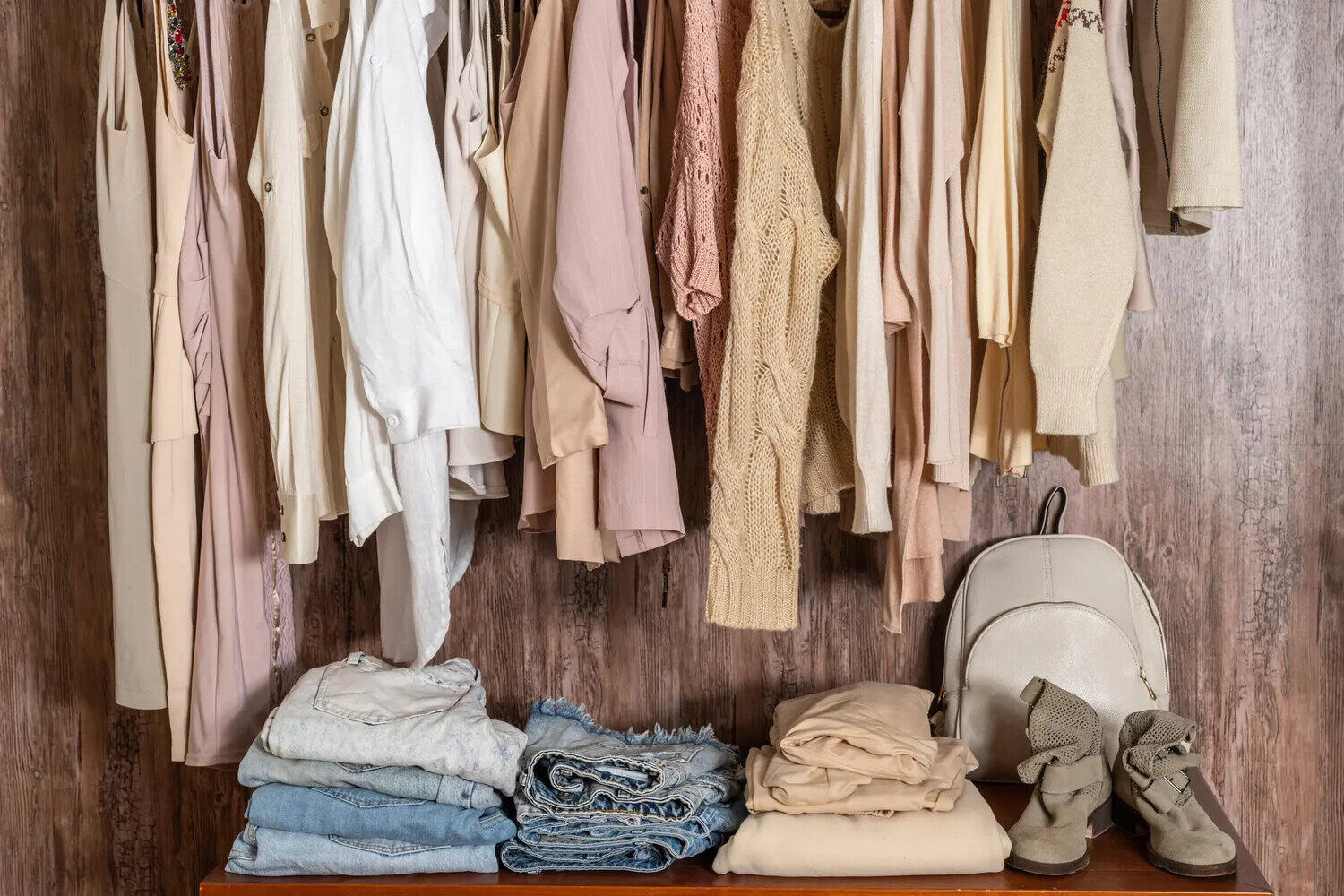
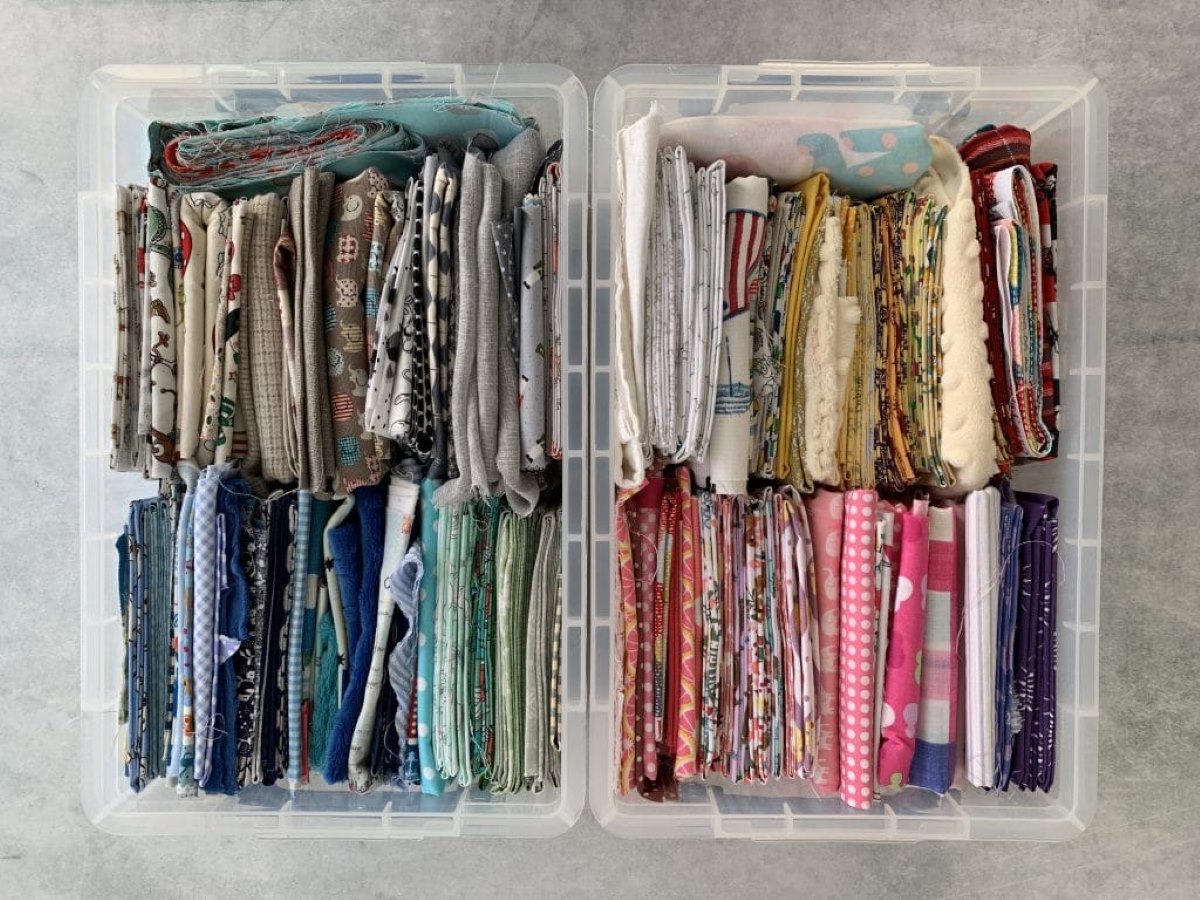
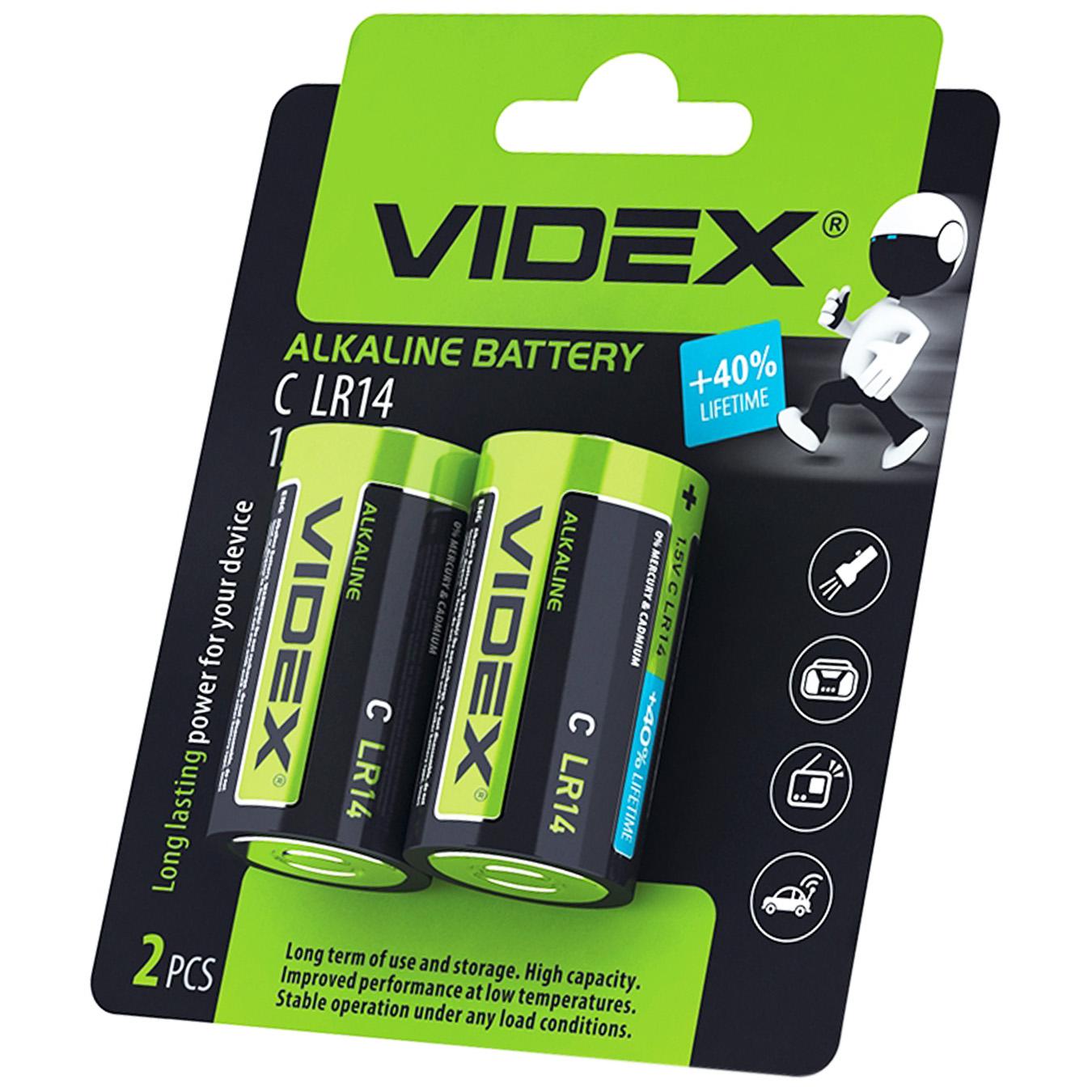
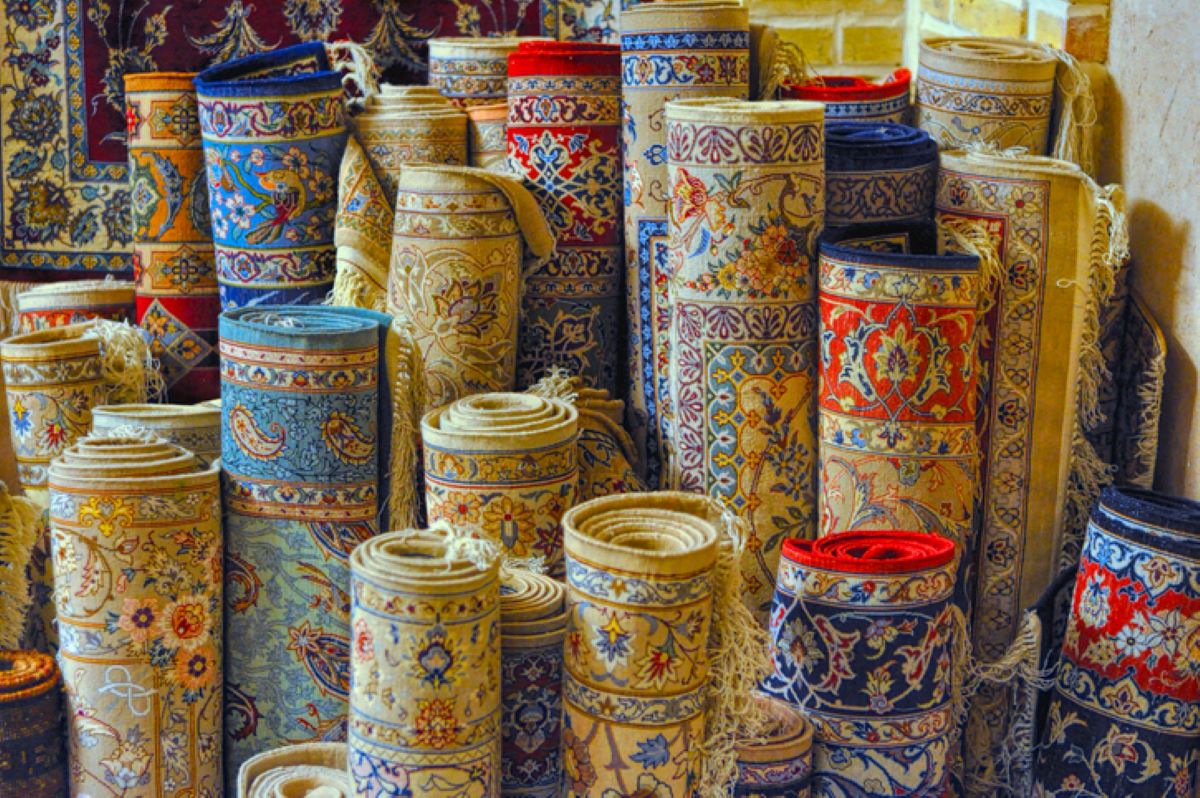
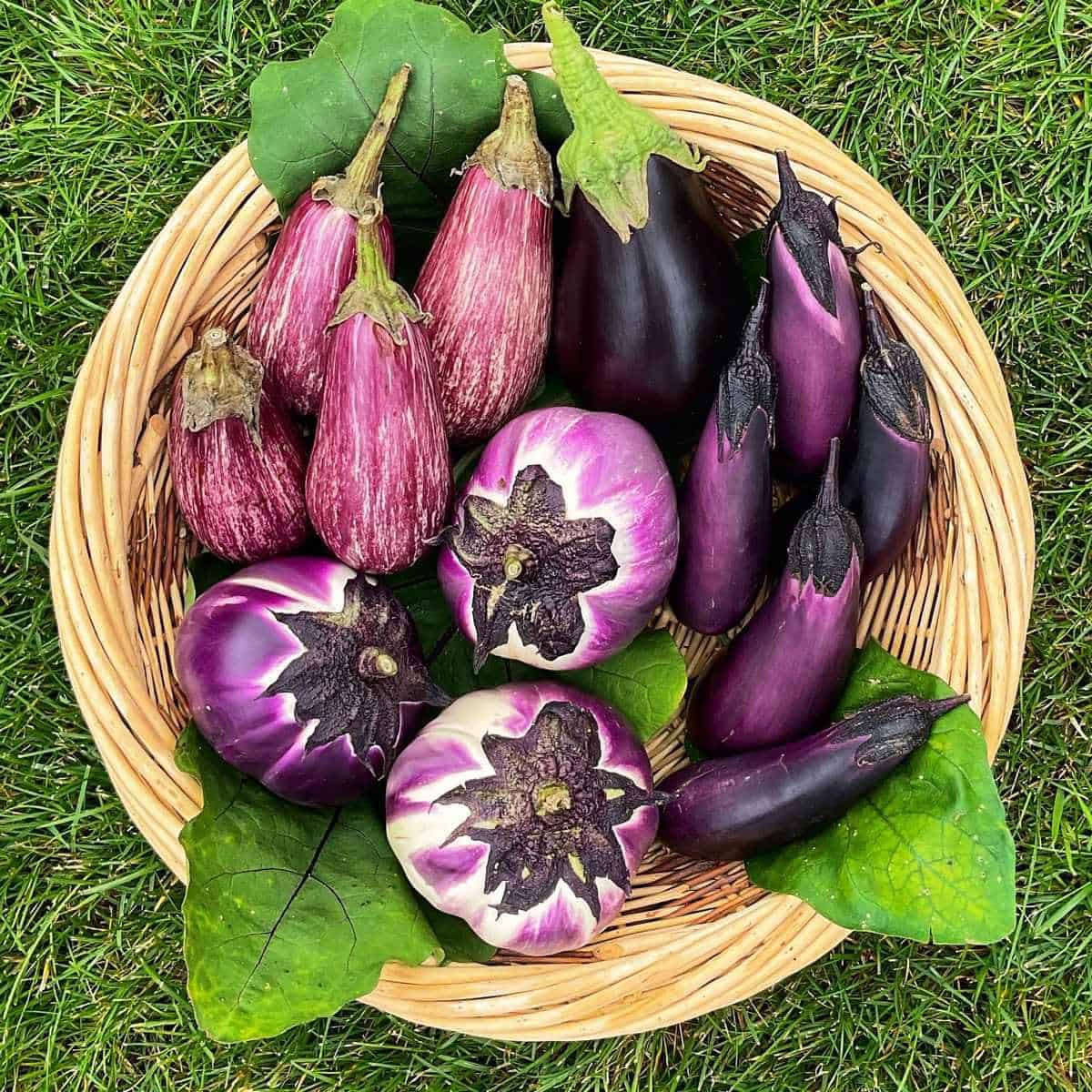
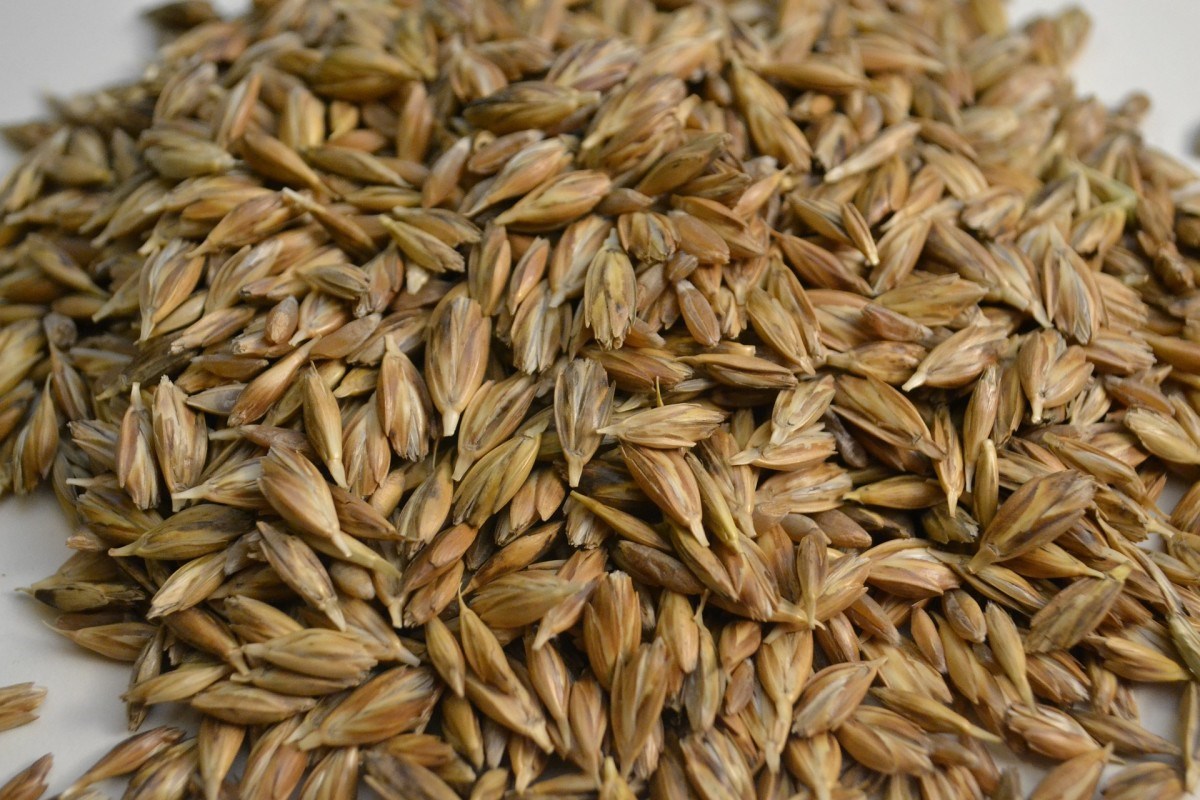









0 thoughts on “How To Store Cocoa Powder Long Term”